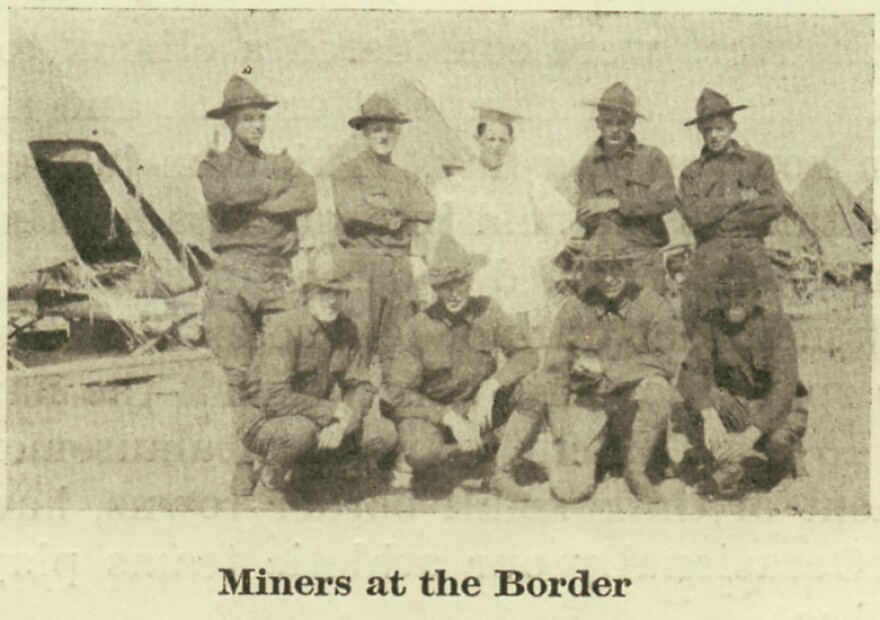Local Heros | SDPB
Swords & Plowshares - South Dakota & the Civil War Thousands of Civil War veterans came to South Dakota after the war. Many of them had been wounded, and a far-higher-than-normal percentage had experienced multiple battles and, probably, combat trauma. Some came to live life quietly, and others helped create the institutions of government, industry, and civic life that define the character of South Dakota to this day.
Images of the Past
This collection explores the impact that Civil War veterans had on South Dakota, from Territorial times to today. SDPB’s Images of the Past is a multi-platform project that offers a fresh look at historic images and documents from the well-known and nearly unknown places, people, and events of South Dakota.

Frank Buckles, Last Living American WWI Veteran, Visited South Dakota
Frank Buckles was the last American World War I veteran. He passed away on February 27, 2011. Mr. Buckles visited the Black Hills, in July of 2008, at the invitation of the National Park Service and the Mt. Rushmore National Memorial Society. During Independence Day activities at Mt. Rushmore, he was honored for his military service in World War I. He was also honored for his survival as a civilian prisoner of war during World War II and his many years of service to his country, traveling the globe as a steamship purser, and for his well-lived long life. Mr. Buckles spoke extensively with SDPB journalist Jim Kent during his visit to South Dakota. Photo by Jim Kent
Part 1: Dakota Digest
Part 2: World War I
Part 3: Post World War I
Part 4: World War II POW
Part 5: Post World War II
Part 6: Closing Thoughts
Miners at the Border
The “Miners” and 1000 of their fellow soldiers were among the 100,000 National Guard troops activated by President Woodrow Wilson after Pancho Villa invaded the United States on March 9, 1916. The Mexican revolutionary leader’s attack on Columbus, New Mexico, left ten civilians and eight soldiers dead, and large parts of the town burned to the ground. Villa was pursued into Mexico by General John J. Pershing and 4800 regular Army troops, but the guerrilla leader was never captured. Troops remained along the U.S. / Mexican border until the Spring of 1917.
WWII Memorial Dedication and Veterans of the WWII Battleship South Dakota
South Dakota Public Broadcasting’s coverage of the Dedication and Survivor Stories.
By the end of the Korean War on July 27, 1953, some 6.8 million Americans had traveled to Asia for the war effort; 33,686 died, and 103,284 were wounded. Although the Korean conflict ignited just five years after World War II, South Dakotans answered the call. An estimated 26,000 South Dakotans traveled far from home to fight, and 170 died in that effort.
Since its early existence, art has always been a creative medium for telling stories and providing perspective. Famous painter, Harvey Dunn, used art to chronicle life from the prairies of South Dakota to the battlefields of World War I. As a combat artist, Dunn witnessed and captured the experience of war using paintings rather than pictures. Years later during the Vietnam war, two South Dakotans also followed a similar path. Their story examines the life of a combat artist, the legacy of Vietnam, and the significance of the art of war.
South Dakota Vietnam Stories (55 stories)
Click the Upper-Right-Hand Corner of the Player to Access a Veteran List
Sing It Again, Sam by Connie Mader (a tribute to the soldiers serving in Iraq)
For more information about SDPB's educational resources and services, contact




















